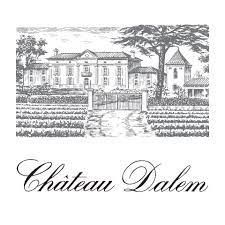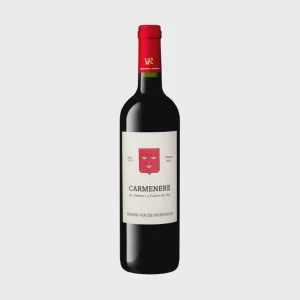Château Dalem, Fronsac 2018
£34.99
15% | 750ml
In stock
Fronsac is one of Bordeaux’s most underrated regions, producing wines of character and depth, and always great value. From its finest estate, perched high on a hill, this 93-point 2018 has superb depth. The wine has aromas of black forest gateau, baked plums and chocolaty spice. The palate is velvety , with freshness, round tannins, and intense fruit. A top buy.
- Producer
- Grapes
- Bottle Size
- Vintage
- Colour
- Country
- Region
- ABV
- Style
THE REGION
The vine was introduced to the Bordeaux region by the Romans, probably in the mid-first century, to provide wine for local consumption, and wine production has been continuous in the region since.
Bordeaux wine growing area has about 116,160 hectares (287,000 acres) of vineyards, 57 appellations, 10,000 wine-producing estates (châteaux) and 13,000 grape growers. With an annual production of approximately 960 million bottles,[34] the Bordeaux area produces large quantities of everyday wine as well as some of the most expensive wines in the world. Included among the latter are the area’s five premier cru (First Growth) red wines (four from Médoc and one, Château Haut-Brion, from Graves), established by the Bordeaux Wine Official Classification of 1855:
Both red and white wines are made in the Bordeaux region. Red Bordeaux wine is called claret in the United Kingdom. Red wines are generally made from a blend of grapes, and may be made from Cabernet Sauvignon, Merlot, Cabernet Franc, Petit verdot, Malbec, and, less commonly in recent years, Carménère.
White Bordeaux is made from Sauvignon blanc, Sémillon, and Muscadelle. Sauternes is a sub-region of Graves known for its intensely sweet, white, dessert wines
ABOUT THE PRODUCER
Château Dalem is a beautiful family history that characterizes this eighteenth century house overlooking the valley of L’Isle. The Castle stands in front of Pomerol and the slopes of Saint-Emilion. Its vineyard, created in 1610, was owned by the same family for three centuries. In 1955, it was passed on to Michel Rullier, whose daughter took over the line in 2002. For more than forty years, Michel Rullier modernized winemaking techniques to improve the quality of his wines and to make them known throughout the world. His daughter continues today by promoting this development internationally.






